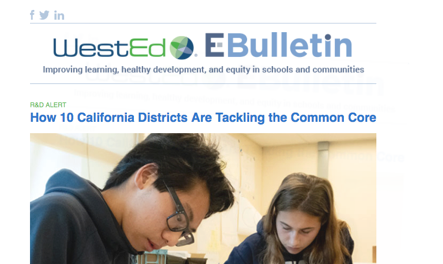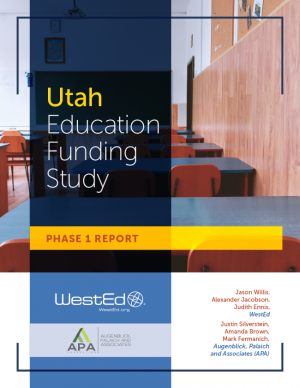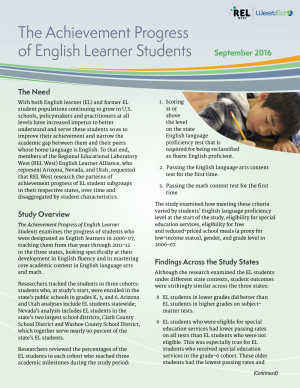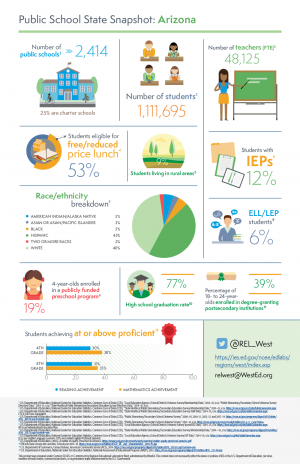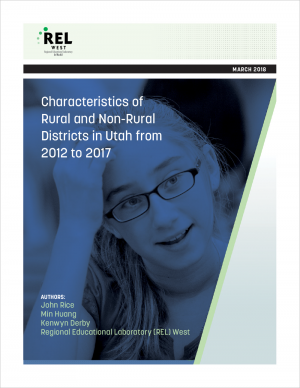Utah Education Funding Study: Phase 1 Report
Description
Utah is a changing state — it currently ranks as the youngest and one of the fastest growing in the country, with major shifts in its economic and demographic profile. Moreover, the student body of Utah is becoming more diverse and presents a wider set of needs and assets within the public education system. In order to serve the educational and economic demands of the next generations of Utahns, the state’s education system must adjust to provide the appropriate supports for students and families.
This report is the first of two components of a broader study examining the funding system for the K–12 education system in Utah. This first report will examine in particular the alignment between Utah’s vision for students and the Minimum School Program (MSP) as defined by statute. Realizing the state’s vision of success requires alignment with the process by which education funding is distributed, including with respect to specific programs within the MSP. This also includes the state’s vision of equitable access to education, and thus an analysis of the extent to which the current MSP is equitable.
Finally, this report includes an analysis of the role and balance of state and local contributions to education funding, assessment of the incentives created by and alternatives to enrollment-based funding, and the impact of year-round schooling on student achievement and spending. Through its analyses, this report provides a baseline assessment of the distance between Utah’s expectations of a minimum program and the current state and sets up a deeper evaluation for the second phase of this study in 2020 by identifying potential areas of exploration.
Resource Details
Product Information
Copyright: 2019Format: PDF
Pages: 124
Publisher: WestEd
Stay Connected
Subscribe to the E-Bulletin and receive regular updates on research, free resources, solutions, and job postings from WestEd.
Your download will be available after you subscribe, or choose no thanks.

